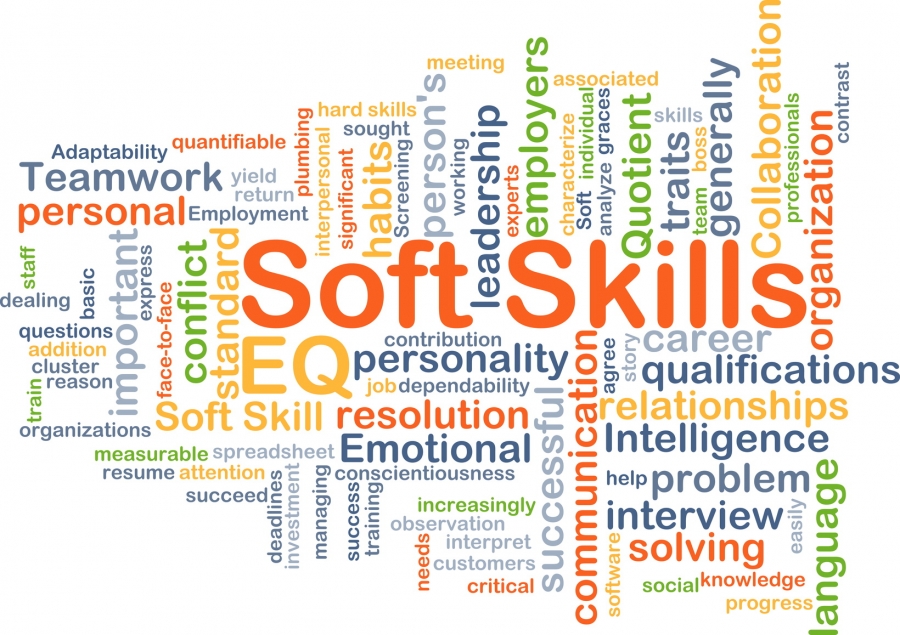Is the AV Industry Getting Soft?
Technology is an ever-changing environment, and the world of AV technology is no different. Change allows technology industries to thrive, given that the people working in the industry see it for the opportunity it represents and embrace their new futures to pursue it.
Many times embracing change means that it’s time to retool our businesses and part of that retooling includes our employees. This can mean hiring new people from outside the industry with the skillsets we need or training existing employees on new technologies and concepts to enable them to grow as technology dictates shifts in our business. Both strategies have been employees frequently in AV over the last several years. Major integrators are buying IT companies to bring networking skillsets into their fold. Manufacturers are also taking their existing product engineers and teaching them new software and programming languages to enable them to develop new products and ecosystems. From a technical standpoint, it seems that both integrators and manufacturers are keeping up with the demands of the industry.
But is keeping up from a technical standpoint enough?

In a world where technology is becoming easier to operate and easier to integrate, is being technically adept the key to being successful?
In the past, I suggested that if I were to create a degree in AV, that I would include many subjects that build “soft skills.” Skills that enable AV people to better communicate with clients, understand their wants and needs from both behavioral and emotional standpoints and then be able to connect the dots in a way that the systems they designed were well received and highly adopted.
In an online conversation #AVintheAM conversation on Twitter about brick and mortar retail last week, I referenced a study done by Gensler called the Experience Index that dives into why people go out into public spaces and many of those reasons have nothing to do with buying something. Due to that, online procurement will never fulfill many of those needs. This type of data represents a huge opportunity for AV and technology companies to help public spaces better meet those peripheral needs and to re-envision what retail should look like. However, the trends and findings aren’t limited to retail and their implications reach into several other industries as well. But it takes more than technical skill to capitalize on them.
“It doesn’t matter how well you hook up an amplifier if you don’t know why people leave their house in the first place.”
My concern is that AV may not be building the soft skill sets to be able to speak to these trends properly with their customers and help them connect the dots between those needs and the technology that will assist in meeting them. Getting “soft” in this regard isn’t weakness but strength. What skill sets should we be looking at developing or enhancing in our current employees or acquiring in our new hires?
I’ll answer that in Part 2.





